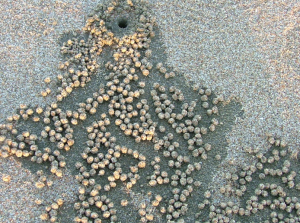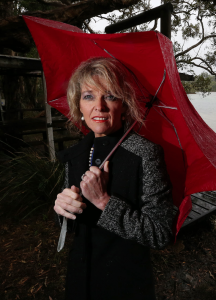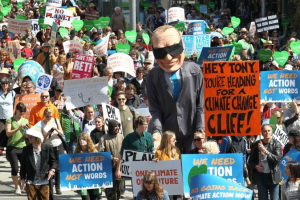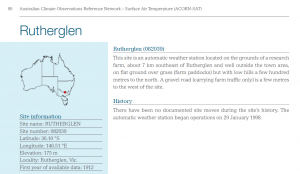Sophie C. Lewis and David J. Karoly have just had a paper published by the American Meteorological Society. 
Its starts on page 31 of a special edition, ‘Explaining Extreme Events of 2013: From a Climate Perspective’ that is a special supplement to the Bulletin of the American Meteorological Society, Volume 95, Number 9, September 2014.
In this peer-reviewed paper I see that the homogenised ACORN-SAT data is labelled “Observations”.
Stupid is as stupid does.







 Jennifer Marohasy BSc PhD has worked in industry and government. She is currently researching a novel technique for long-range weather forecasting funded by the B. Macfie Family Foundation.
Jennifer Marohasy BSc PhD has worked in industry and government. She is currently researching a novel technique for long-range weather forecasting funded by the B. Macfie Family Foundation.